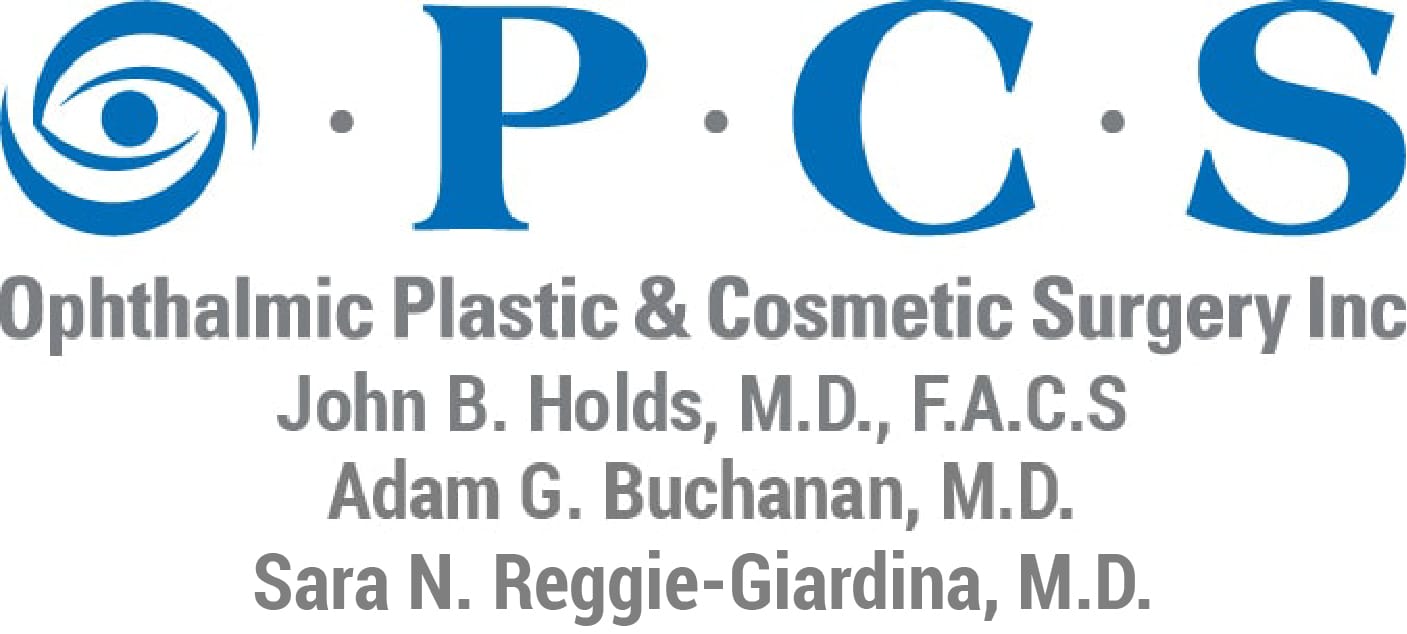Facial Fillers Have Gotten an Upgrade
- Posted on: Sep 15 2021
 Facial fillers account for a large percentage of the cosmetic treatments that are performed today. As advantageous as they are, traditional dermal fillers have the downside of being temporary. As we’ve grown accustomed to the improvements that injectable solutions can achieve, we’ve moved to more permanent solutions. Facial fat transfer is one that is quickly increasing in popularity. Here, we discuss how the treatment works, what it can treat, and how to determine if facial fat injections are right for you.
Facial fillers account for a large percentage of the cosmetic treatments that are performed today. As advantageous as they are, traditional dermal fillers have the downside of being temporary. As we’ve grown accustomed to the improvements that injectable solutions can achieve, we’ve moved to more permanent solutions. Facial fat transfer is one that is quickly increasing in popularity. Here, we discuss how the treatment works, what it can treat, and how to determine if facial fat injections are right for you.
Fat transfer procedures are not as new as many people think. Doctors actually began performing facial fat transfer over one hundred years ago. At that time, the purpose of these injections was to reduce the appearance of scars. Today, the vast majority of fat injections are performed for cosmetic enhancement.
Fat injections are not much different than injections using traditional dermal fillers. However, the process does involve fat harvesting. To obtain fat, the doctor performs minor liposuction on the patient. The benefit of using fat from the patient’s body is that there is no risk of rejection or allergic reaction. A side benefit is a more sculpted abdomen, hips, thighs, or other area. After obtaining fat and processing it to separate out all other fluids, the doctor then administers multiple injections into one or more areas of the face to achieve natural rejuvenation.
What Areas Can Be Treated with Facial Fat Grafting?
The fat transfer procedure can achieve lasting improvements toward facial rejuvenation by treating one or more of the following:
- Forehead lines
- Hollowing around the eyes
- Thin or deflated lips
- Scars
- “Marionette” lines around the mouth
- Loss of cheek volume
- Tear troughs to reduce under eye bags
- Cheek folds near the mouth called nasolabial folds
Recovery from Facial Fat Transfer
Fat transfer may be an injectable treatment but patients may have a few more post-treatment directives than those who get traditional dermal fillers. After facial fat transfer, patients can expect some bruising and swelling. We may recommend taking a week off work and other engagements in order to allow these side effects to resolve. Swelling in both the harvest and injection areas may persist for a few months. However, after the first week, it is usually minor enough not to interfere with a natural appearance. Soreness or mild discomfort may occur. This can be managed with over-the-counter medication. To promote optimal retention and shape, patients may be instructed to sleep with the head elevated for about a week.
Facial rejuvenation is evolving thanks to the innovative use of biocompatible substances. To learn more about facial fat transfer, contact our St. Louis or St. Peters, MO office.
Posted in: Fat Transfer

